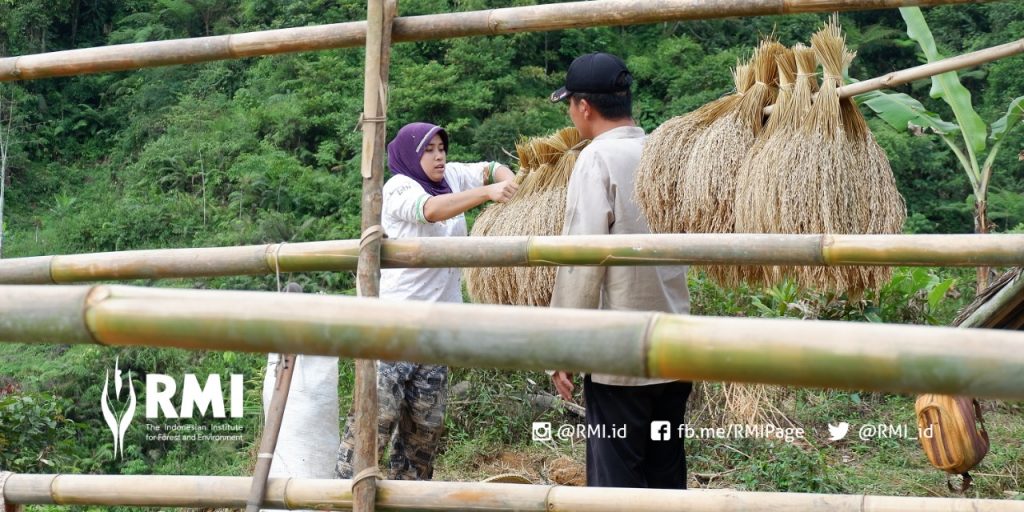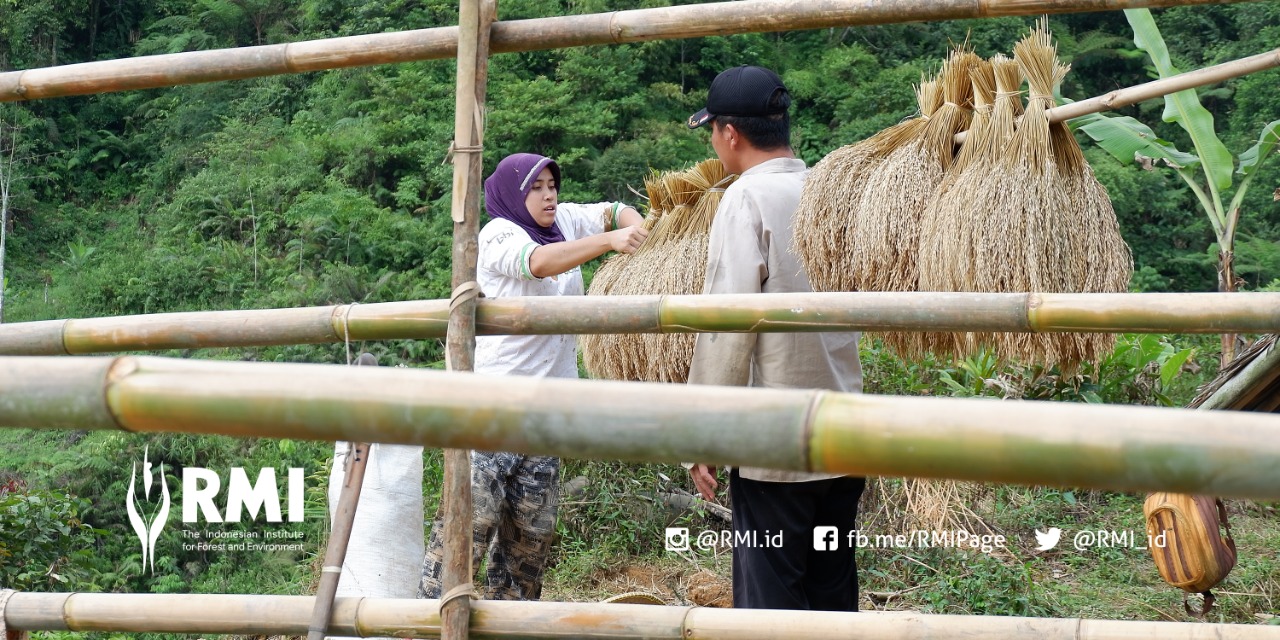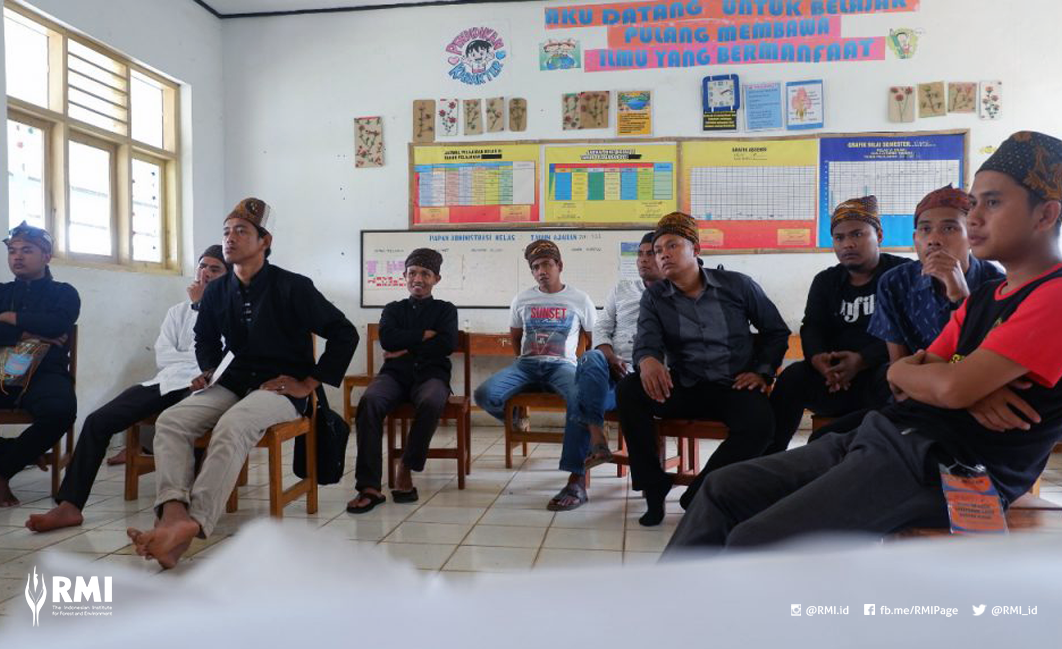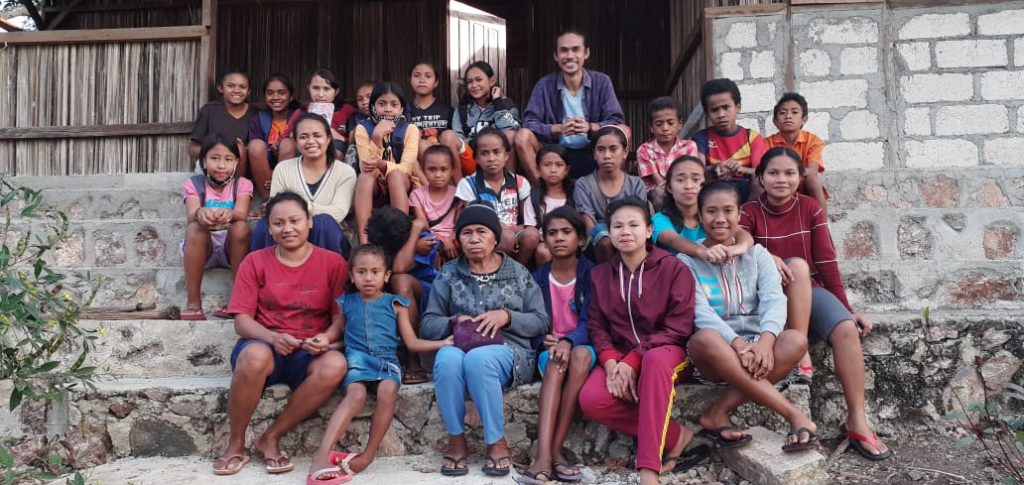
Recently, the Ministry of Environment and Forestry (KLHK) issued a new regulation on Customary Forests, P. 17/2020 concerning Customary Forests and Private Forests. This regulation is the implementing regulation for the administration of Customary Forests that have been allowed since the Constitutional Court decision number 35/PUU-X/2012 (MK 35) which corrected Forestry Law number 41 of 1999 by removing Customary Forest from the State Forest category and placing it in the Private Forest category. Previously, there were two Ministerial Regulations (Permen) regulating the administration of Customary Forests, namely P.32/2015 concerning Private Forests and P.21/2019 concerning Customary Forests and Private Forests. The spirit behind the issuance of P.17/2020 needs to be observed, because the predecessor regulation is only 16 months old and considering the achievements of Customary Forests which are quite small, namely 44,630 acres, from the Social Forestry’s target which is 4.38 million acres.
A quick glance at this Ministerial Regulations (Permen) shows the strong spirit of formalization in order to protect Indigenous Peoples’ rights to their customary territories in the form of forests. The new concept introduced by P.17/2020 is the Designation of Customary Forest which refers to the stage of validation of forest areas. The appointment is an alternative to the Designation of Customary Forest when the process is hindered by the recognition of Indigenous Peoples through regional legal products which become a condition for carrying out the verification process prior to stipulation.
The question then is, why is a new concept needed while in the previous Ministerial Regulations (Permen) the same protection has been administered through the Indigenous Forest Indicative Area Map? Designation of Customary Forest is intended for at least three things: 1) Providing time (two years) for Indigenous Peoples to complete the requirements for recognition through regional legal products; 2) Give time for holders of forest utilization permits and other management rights to coordinate with the Indigenous Peoples who own the Customary Forest; and 3) Protecting Customary Forests from the entry of new forest utilization permits. The three of them are the advantages of designation compared to the previous protection scheme which did not regulate what can and cannot be done after being determined to be an indication of Customary Forest.
Forward or backward?
Unfortunately, there are no transitional provisions governing the continuation of the administration of the temporary Indigenous Forestry Map while the legal basis, which is P.21/2019 is revoked and declared invalid since the issuance of this new regulation. Then what about the fate of the 950,129 hectares of Indigenous Peoples territory that has been protected through this scheme? As a result of this legal vacuum, if P.17/2020 is implemented in a normative-textual manner, efforts to protect the rights of Indigenous Peoples in forest areas that are supported and encouraged by many parties have been threatened in vain.
Another problem in the appointment is the prerequisite that instead of speeding up, it is feared that it will actually slow down the process of Designating and Stipulating Customary Forests. Designation of Customary Forest can only occur if there is a process of Identification and Mapping of Customary Areas. This process is also a new stage introduced by P.17/2020, which is carried out by a team formed by the Regional Head to become the basis for the issuance of a decision to recognize Indigenous Peoples by the authorized Regional Head as regulated in Article 14 of this Ministerial Regulations (Permen). The results of the identification and mapping along with the regional legal products recognition for the Indigenous Peoples on which they are based are then required to pass the validation stage of the Customary Forest application so that the application can be verified before the Customary Forest is determined. The question is then, what will happen to the application that has been submitted without prior identification and mapping of customary areas by the regional team? Do they have to submit a new application?
In addition, the experience of civil society in facilitating the process of determining Customary Forest since 2016 shows the political process in the regions in order to gain recognition for the Indigenous Peoples as the biggest challenge. Instead of speeding up, this process has put more burdens on Indigenous Peoples in the political process at the regional level, even before entering into the KLHK administration to get their Customary Forest. P.17/2020 also reaffirmed the criteria for Indigenous Peoples in Article 67 along with its explanation in Law (UU) No. 41/1999, which the Constitutional Court did not grant to the civil society lawsuit eight years ago. It is true that P.17/2020 also regulates the authority of the Ministry of Environment and Forestry to facilitate the Identification and Mapping of Customary Areas. Uniquely, this facilitation process is arranged to be carried out by an Integrated Team that is formed and appointed by the Director General of Social Forestry and Environmental Partnerships (Dirjen PSKL) whose composition and duties are exactly the same as the Verification Team. In fact, one of the internal factors for the delay in the administration of Customary Forests is the queue for services at the verification stage by the Team which is fully under the authority of the Director General of Social Forestry and Environmental Partnerships (Dirjen PSKL) but the time frame is not regulated even in this latest Ministerial Regulations (Permen).
Need Bureaucratic Courage
The good spirit of P.17/2020 is difficult to be realized if it is not supported by the administrative courage from the executors. The Minister of Environment and Forestry is expected to be able to present a policy that bridges the process of Designating Customary Forests over the accumulation of Indigenous Forest Indicative Area Map that have been stipulated in SK.10292/MENLHK-PSKL/PKTHA/PSL.1/12/2019 concerning Maps of Customary Forests and Indicative Areas of Indigenous Forests Phase III. It is hoped that the Director General of Social Forestry and Environmental Partnerships (Dirjen PSKL) will be able to take tactical policies regarding applications for customary forests that are currently in process or that are new in relation to potential obstacles in the process of identifying and mapping customary territories and regional legal products that are recognized by Indigenous Peoples.
Apart from these two things, protection of the rights of Indigenous Peoples in forest areas through the Indigenous Forest Indicative Area Map, the current Designation of Customary Forests, and including the Designation of Customary Forests since 2016 which has reached 66 units with a total area of approximately 44,630 hectares, will be useless if it does not present a sense of security for Indigenous Peoples.
Therefore, openness of public information and community involvement are important. The lack of community involvement in decision making regarding the function and extent of Customary Forests which will be designated serve as important notes for civil society, as well as regarding the Decree and maps of Customary Forests which are not open to be accessed by the rightful communities.
All of them require bureaucratic courage that has not been demonstrated in the implementation of Customary Forest regulations in the last four years.
This article is also published on forestdigest.com
Author: Wahyubinatara Fernandez
Translated by: Alfina Khairunnisa










